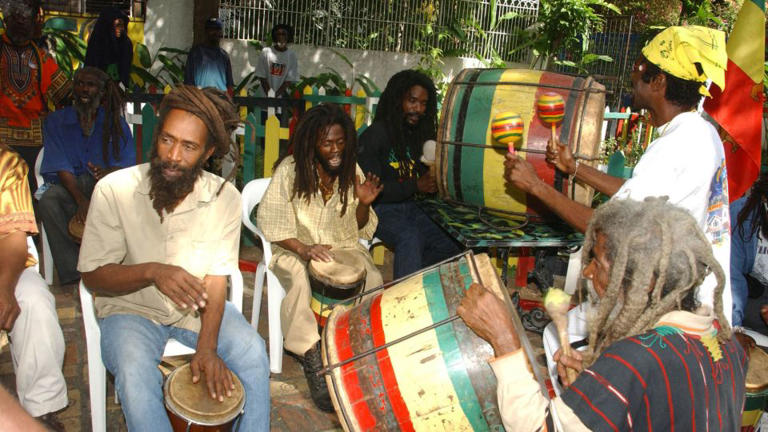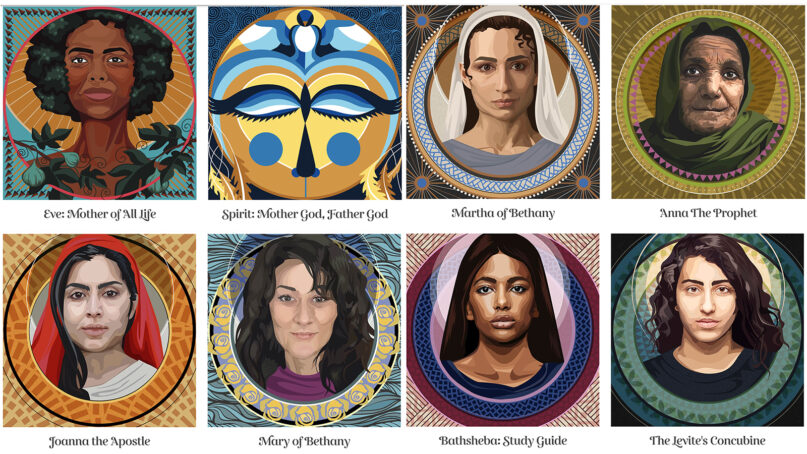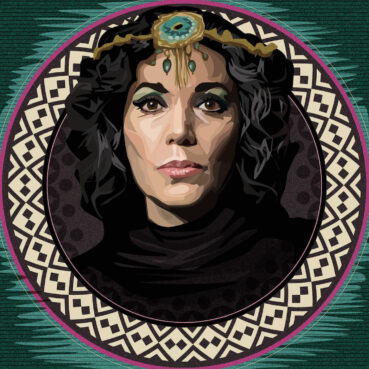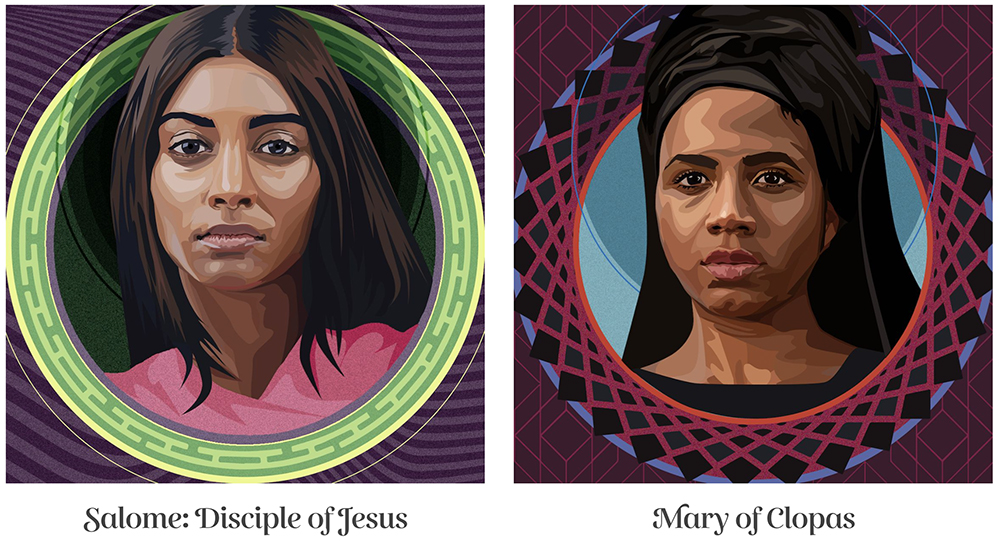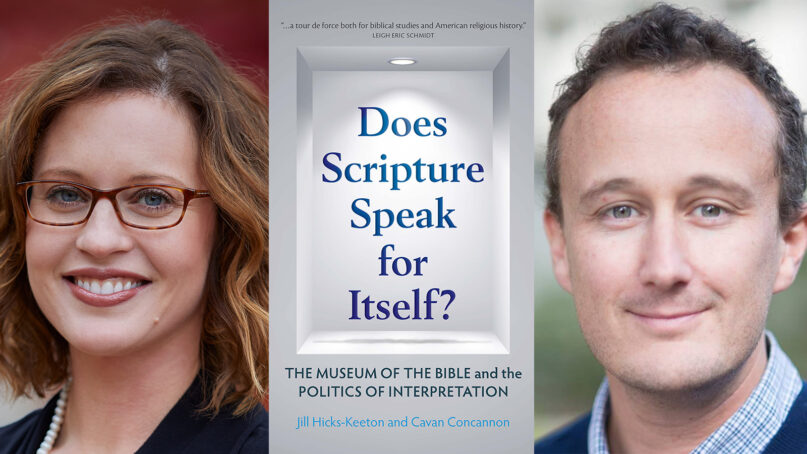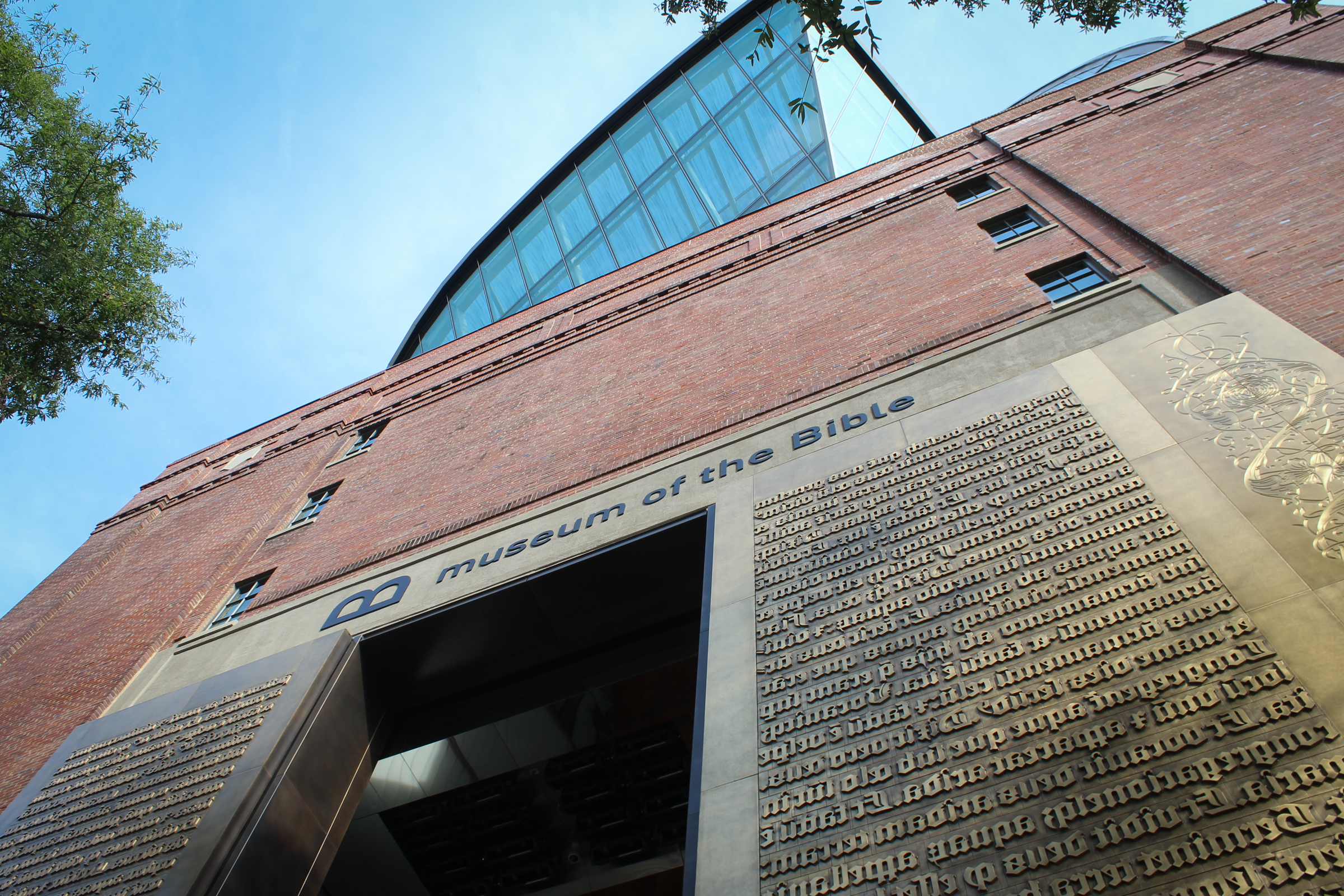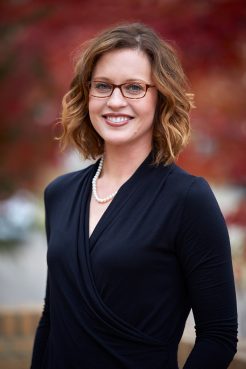Religion News Service - Yesterday 12:38 p.m.
(RNS) — I will never forget the day I fell in love.
It happened in the library of Hebrew Union College-Jewish Institute of Religion, where I was studying to become a rabbi.
And, no, it was not with a woman.
My love object was actually a body of sacred literature. It was midrash — the searching-out (drash) of biblical texts in order to reveal their deeper meanings.
Jews use the term in various ways:
It is a process — “midrash.”
It is an individual teaching — “a midrash.”
It is also a body of sacred literature — “the midrash.”
Midrash contains ancient sermonic material, anecdotes and verse-by-verse explanation of the biblical text. It uses the verse and, often, just one word as its departure point, while enlisting other biblical verses as part of the story-telling tapestry.
Midrash opened a whole new world to me.
Yes, I was familiar with the stories and teachings of the Torah.
But, no one had ever told me that there was more — that the ancient rabbis had received the biblical text and had engaged in an act of what James Kugel called “narrative expansion” in order to respond to a problem in the text, usually an unanswered question.
As literary analysts have noticed, biblical text is terse. It does not like to give details. Therefore, midrash jumps into the textual gap: Who is a certain person? What does a certain word mean? Where is a certain place? Why did a certain thing happen the way it did?
After all, how do we read sacred text? Like a lover reads a love letter or a text message or listens to a voice mail. It is akin to obsession: What did she mean by that? What did he mean by: “See you this weekend, probably?” What does “probably” mean?
The midrashic process even finds its way into American folklore. George Washington was honest, they say. Great, let’s invent a story about how he admitted to his father he chopped down the cherry tree in order to add a narrative to his honesty.
(Fascinating to note: a parallel in the legend of how young Abraham broke his father’s idols and then owned up to it. Both are stories about the founders of their nations.)
The midrashic process finds its way into secular literature. It is all about filling in the gaps in a prior story. When playwright Tom Stoppard wondered about two minor characters in Shakespeare’s play, “Hamlet,” and the terse declaration of their demise, he wrote the play Rosencrantz and Guildenstern Are Dead. When John Gardner wondered: What would the Anglo-Saxon epic “Beowulf” be like if we heard it from the point of view of the monster? he wrote Grendel.
You might even say the process continues in popular culture. The idea of the television spinoff — taking a minor character in a story and building a whole new narrative around them? Sort of like midrash. “All in the Family” begot “Maude” and “The Jeffersons” and “Archie Bunker’s Place.” The creation of back stories and origin stories? Midrash.
And, in music: Leonard Cohen’s immortal song “Hallelujah” was a midrash on the biblical stories of King David and Samson. Likewise, his song “Who By Fire” is a midrash on the Unetaneh Tokef prayer on the Days of Awe.
But, mostly, midrashim are stories about stories in the Torah.
The age of midrash began in the days of the ancient sages, in the first centuries of the Common Era, and never actually stopped.
And, yes, mostly, those stories were written by men, based on stories men had written generations before that.
That is, until now.
I am holding in my hands a book that is nothing short of a treasure: “Dirshuni: Contemporary Women’s Midrash,” edited by Tamar Biala, a brilliant educator, and translated by her husband, Yehudah Mirsky, and educator Ilana Kurshan.
Dirshuni (“interpret me!” — a command we playfully imagine biblical texts crying out to their readers). It is a collection of midrashim written by Israeli women. There were two previous volumes in Hebrew, the second of which I own, the first of which I have sought in vain in Jerusalem bookstores and appears to be out of print. The Hebrew of the essays echoes the original language of rabbinic Hebrew, the birth language of midrash itself. It is an homage, in the true sense of the word.
In the introduction to this new volume, Tamar Kadari defines “midrash” as “an exercise in creativity, with an element of play and pleasure in which sweep and imagination are conjoined.”
She got that right. The essays in this book — text and commentary — are journeys into the depth of the Jewish imagination. They flow from women’s experiences of sacred literature, everyday life and the Divine itself. In that sense, they testify to the act of ongoing revelation.
Some appetizers for what will be a great meal:
What would creation look like from a woman’s perspective? Ancient midrashim state that God had created, and then destroyed, earlier worlds because they were inadequate. Tamar Biala plays with this. She wonders if God’s pain and disappointment at those failed creations might have replicated the disappointment and heartache of miscarriage — that God miscarries, “as it were” (a key phrase in midrash). “And God saw all Her worlds falling at Her feet, and She said to Herself: I will just let my heart fall along with them … What did She think at that moment, when She could no longer bear to look on those worlds?”
We find the addition of women’s voices wherein they had been previously absent — Sarah at the binding of Isaac; Dinah’s perception of what happened when the Canaanite prince, Shechem, raped her (noting, as I did in my own rabbinical ordination thesis on the rape, that in 1,500 years of sacred literature, Dinah has remained absolutely silent). For Rivkah Lubitch, Dinah’s silence was born of trauma: “Two women were raped, and their silence resounded from one end of the world to the other. Dinah and Tamar, the sister of Amnon…” (from the story of David, II Samuel 13 — as Phyllis Trible put it, a text of terror).
Women’s midrashim expand on previously under-explored characters — for example, Bityah, the daughter of Pharaoh who rescues and adopts Moses. Gili Savan connects her rescue of Moses with the words of Isaiah 58, suggesting the societal obligations of the Jewish people toward the poor derived from Bityah’s righteous acts toward Moses.
These midrashim give names to the previously unnamed — for example, giving the tragic daughter of Jephthah the name Tanot, based on a little quirk in the original biblical text.
And, yes: As it happened in classical midrash, our authors engage in punning and word play that would be worthy of Will Shortz playing with puzzles on Sunday morning on NPR. Thus, in the story of the binding of Isaac, Abraham does not choveish et chamoro, “saddle his donkey.” Rather, the patriarch koveish et rachamav, “subdues his compassion,” in order to bring Isaac to the sacrifice.
“Dirshuni” is powerful, playful, joyful and sometimes painful. Its words and insights will be making many “guest appearances” in my sermons and teaching in the coming year.
One last thing: “Dirshuni” is a powerful testimony to two remarkable forces in the Jewish world.
First: the enduring and growing presence of women who are teaching sacred text. I hesitate to leave anyone out of this list of women with whom I have studied, for fear of omitting a friend and/or teacher. Just at the Shalom Hartman Institute in Jerusalem: Avivah Gottlieb Zornberg, who is probably the most prolific teacher of biblical texts in our time; Judith Klitsner, Rachel Korazim, Melilah Hellner-Eshed, Elana Stein Hain, Ruth Calderon, Rabbi Tamar Elad-Appelbaum, etc., etc., etc. Each one of them has formed my understanding of text, in a profound way.
Second: I want to emphasize that “Dirshuni” consists of the voices of Israeli women. Let us not fail to adequately appreciate this. For this is nothing less than a revolution — not only for Israeli women, but also for Israel itself. Of all the many reasons I love Israel and am a Zionist, there can be no doubt, the intellectual and spiritual output of the Jewish State fulfills the dreams of the early Zionists — that the Land would become Ground Zero for Jewish cultural and intellectual renewal and that a new Torah would go forth from Zion.
Which it does. Which it has.
Get a copy of “Dirshuni.” As we begin a new cycle of Torah for the year, it should be at your side — for your own learning and teaching. It will yield numerous insights.
With a solemn caveat: Don’t lend it out.
You might never see it again.








